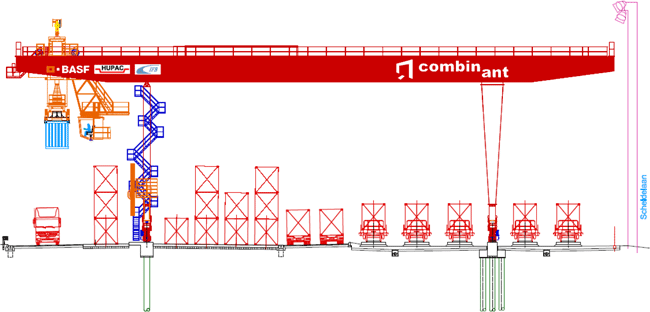
Combinant (Combined Terminal Antwerp) is an open access rail terminal for intermodal transportation, located in the port of Antwerp.
With its central location in the port of Antwerp and cooperation with different train operators, Combinant can offer extensive European rail network services.
Combinant was founded as a joint venture between BASF, Hupac and Hoyer with the support of Europe and the Flemish Government.
Combinant helps lowering the environmental impact by replacing a portion of road transportation with rail transportation.
Combinant in figures:
- 5 rail tracks
- 3 rail mounted gantries (RMG's)
- 10 till 12 trains per day
- 150,000 units on a yearly base
- 30-40 jobs
With intermodal transportation, in the path between supplier and customer, a large part of the road tranport is replaced by rail transport.
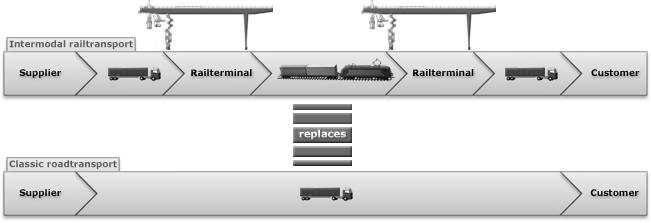
This results in less road saturation, a smaller environmental impact and safer roads.

Open access means that Combinant is open to all carriers, rail operators and traction providers.
Carriers can handle all types of containers. Combinant is also easily accessible from the Netherlands.
All train operators, both private and public, can access the Combinant rail terminal.
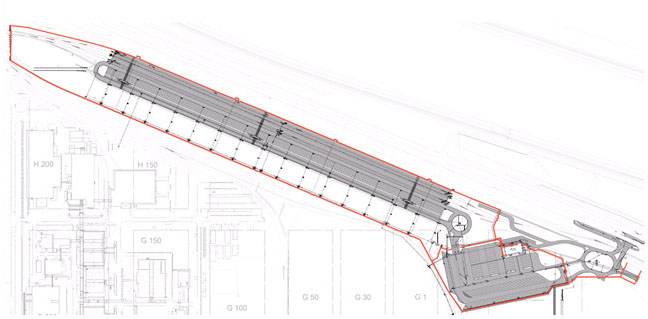
Combinant is located in the north of the port of Antwerp and is easily accessible from the A12 motorway and from the Scheldelaan.
The total area of Combinant is approximately 1 km by 100 m, or 20 football fields.
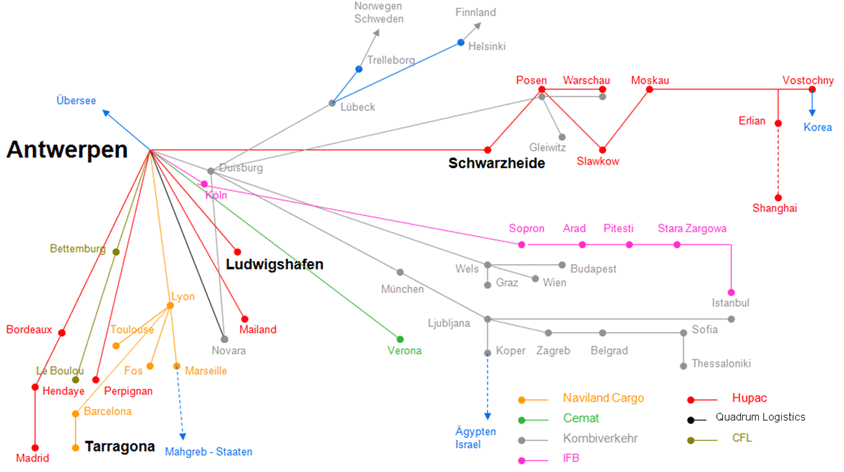
With its central location in the port of Antwerp and the cooperation with different train operators Combinant can offer extensive European rail network services.
Combinant was founded as a joint venture between BASF, Hupac and Hoyer with the support of Europe and the Flemish Government.
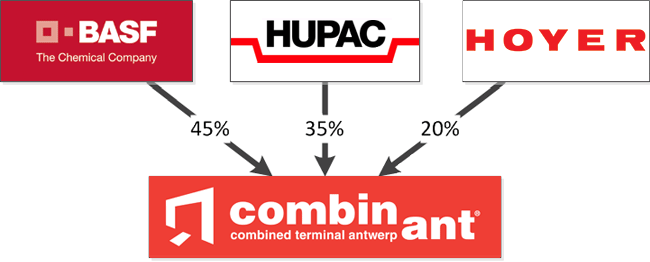
- BASF Antwerp is the largest chemical production site in Belgium. BASF Antwerp strives for a sustainable "supply chain" by reducing road transport's share in favor of rail transportation.
- Hupac is a leader in transalpine transportation with the Benelux countries as main market. Hupac supports the terminal capacity for future growth.
- Hoyer wants to expand the terminal infrastructure in order to build up a pan-European intermodal network.

By replacing road transport with rail transport Combinant ensures 150,000 fewer trucks will be driving on the roads annually.
150,000 fewer trucks means 30,000 tons CO2 emissions less annually.
150,000 trucks less annually stands for 50 million driving kilometers less or 10 km traffic jams less daily.
Combinant was established with support from EFRO (European Regional Development Fund) and co-financing of the Flemish Government.
The aid is part of the Operational Programme "Regional Competitiveness and Employment" Flanders 2007-2013, priority 3: "Achieving a sustainable strengthening of economic ports and international multimodal accessibility".
Combinant meets the requirements of this program because it:
- makes the supply chain more efficient
- reduces trucks on the road
- reduces the environmental impact
- creates jobs
- strengthenes the European intermodal network


